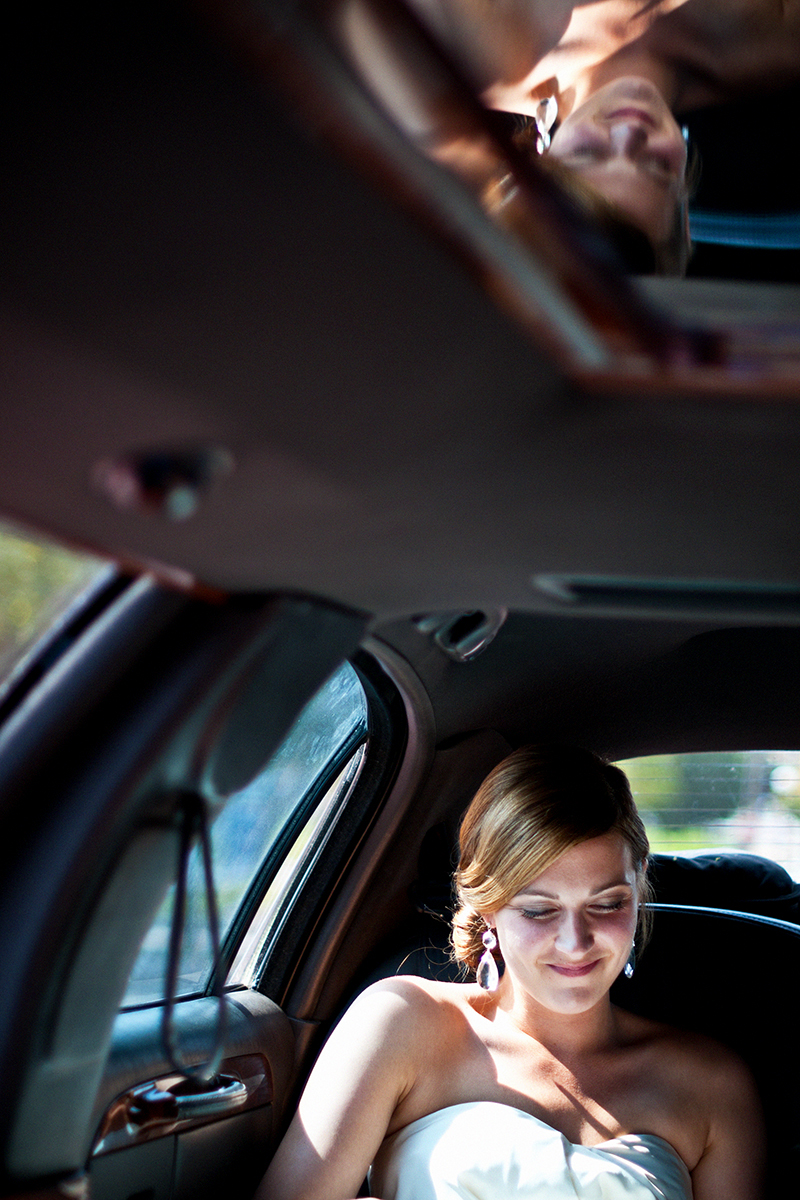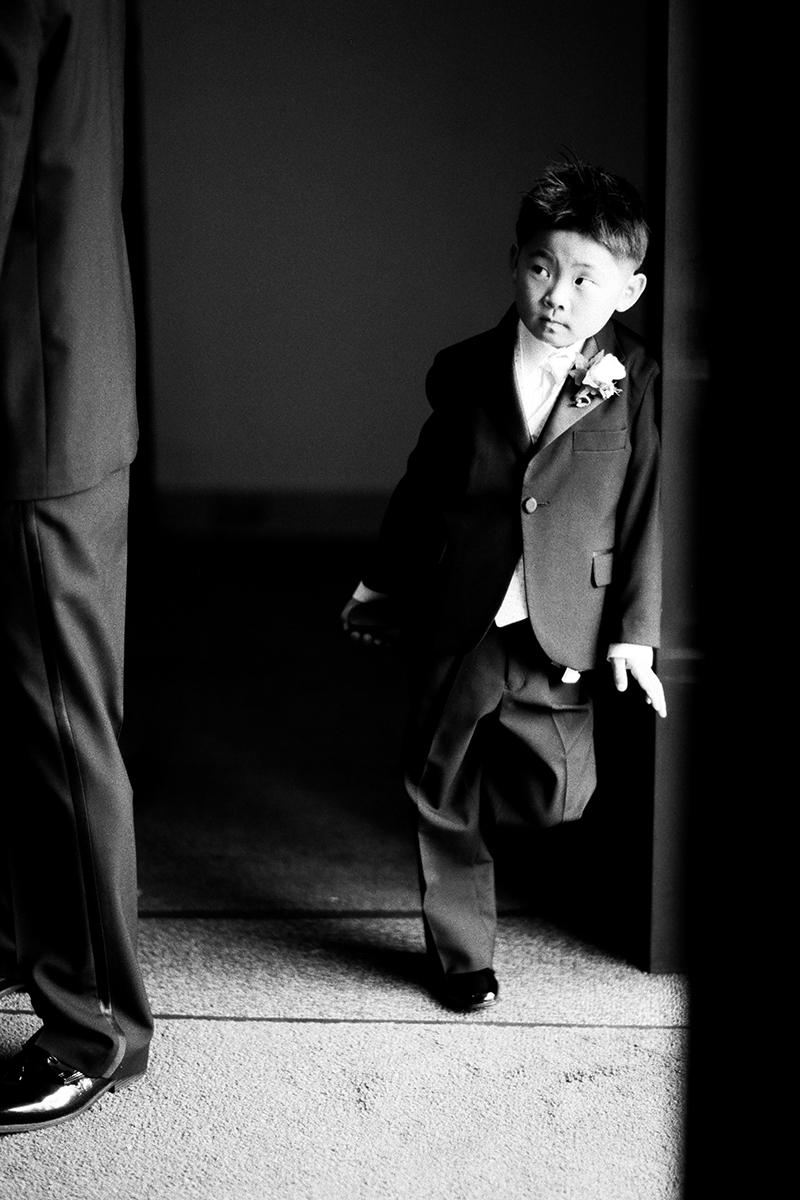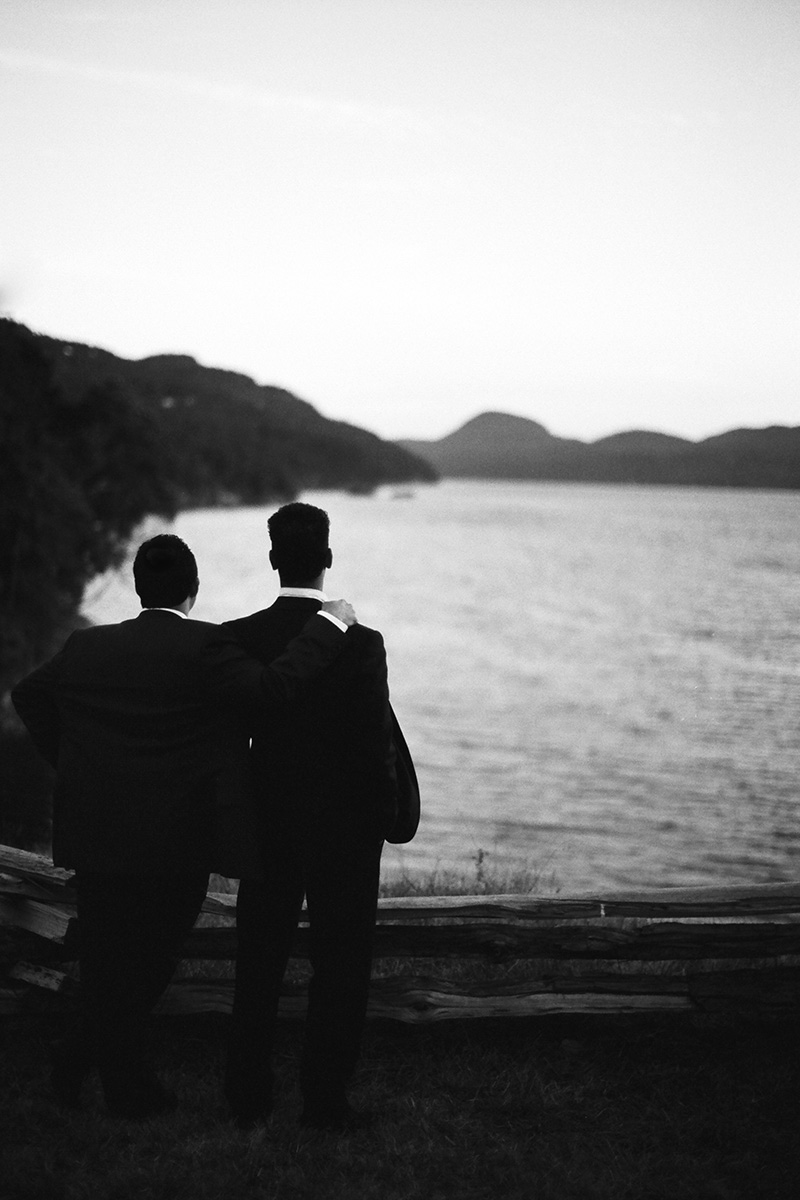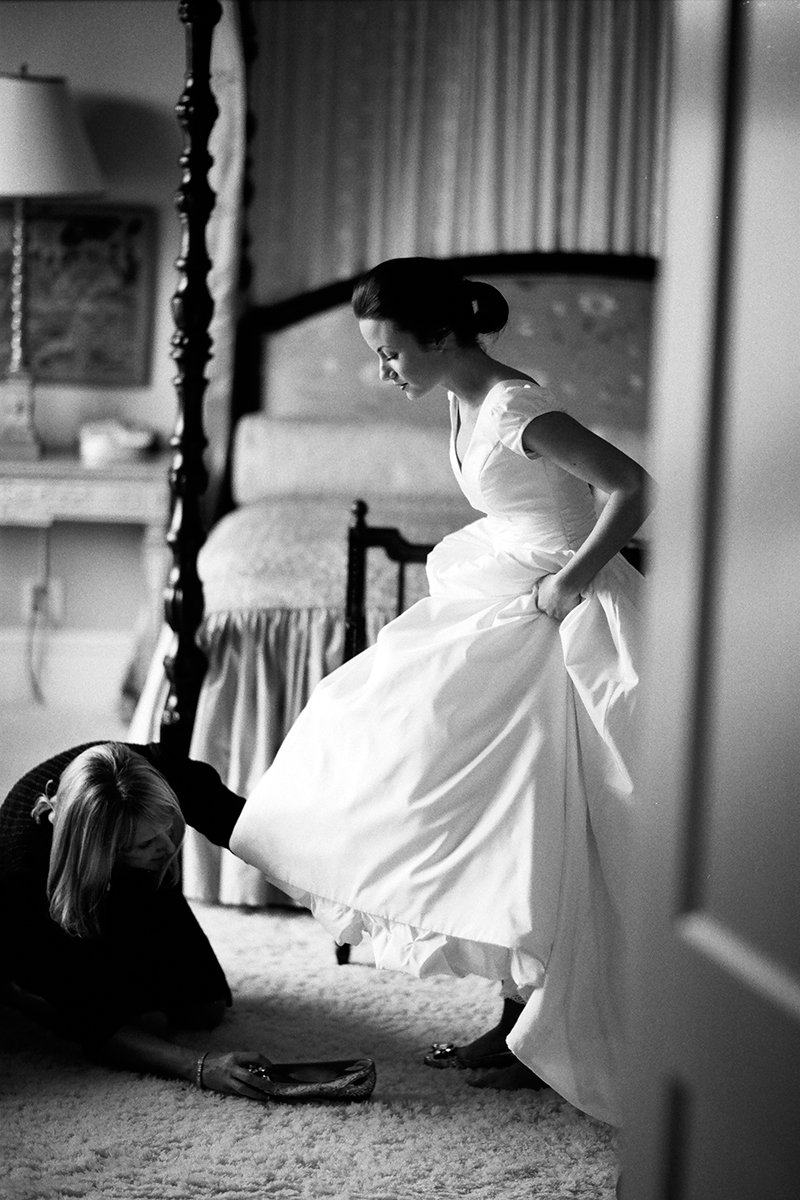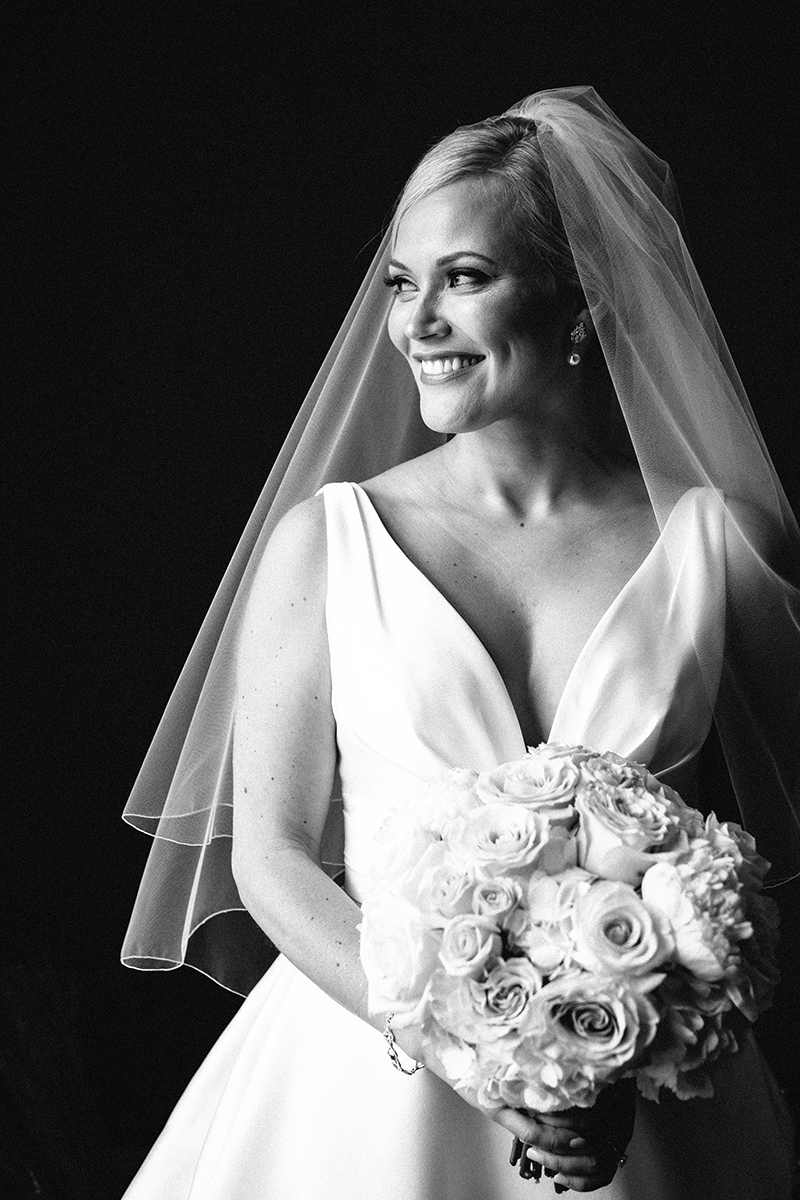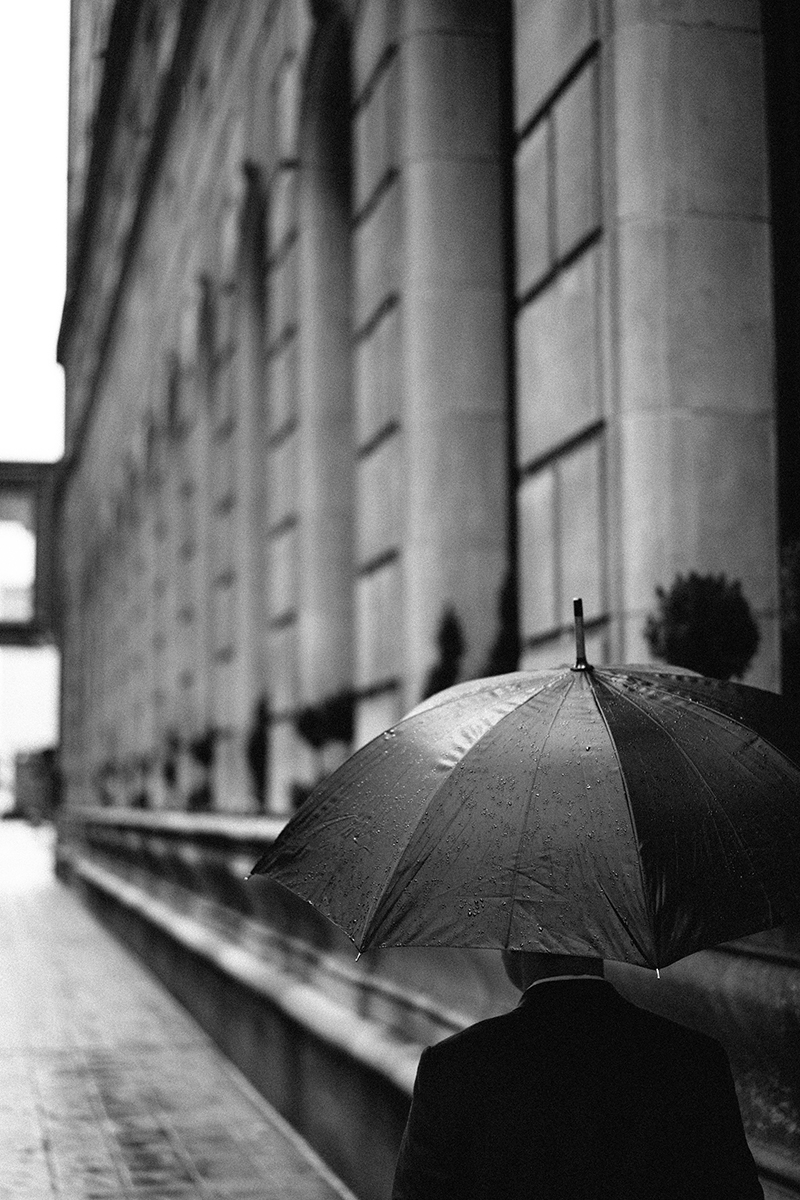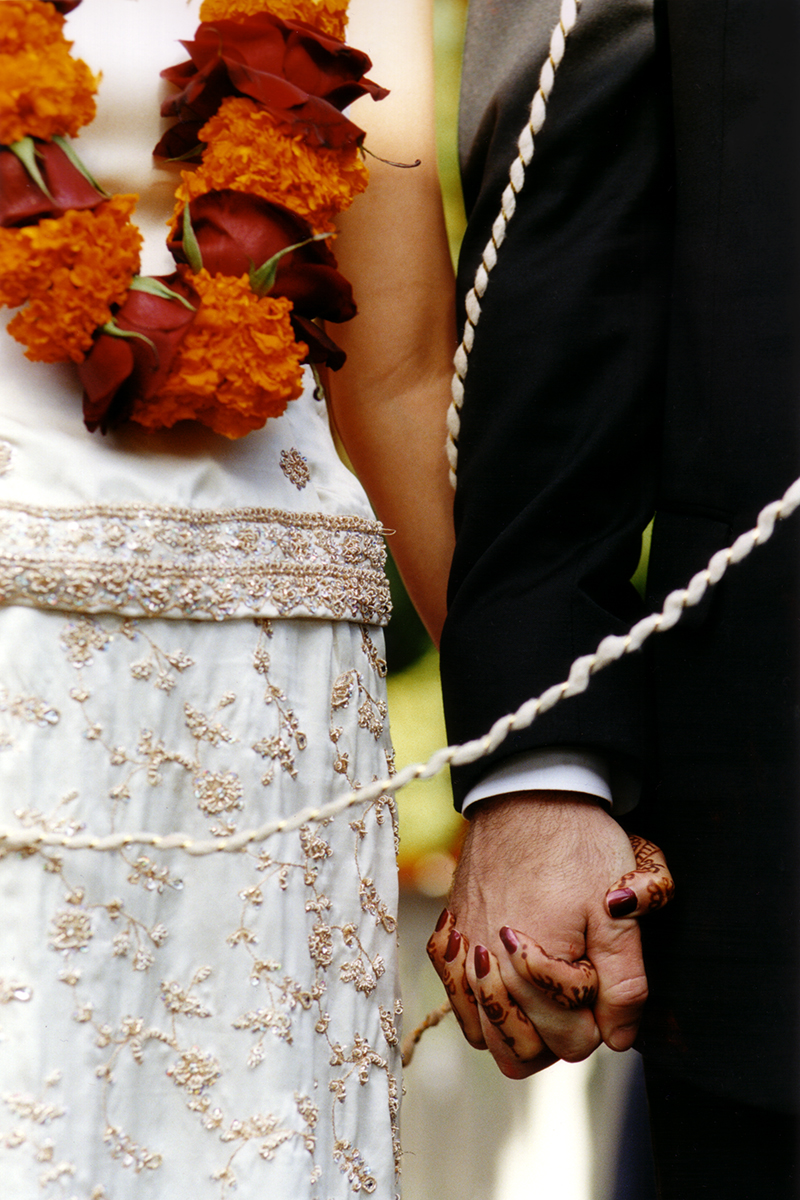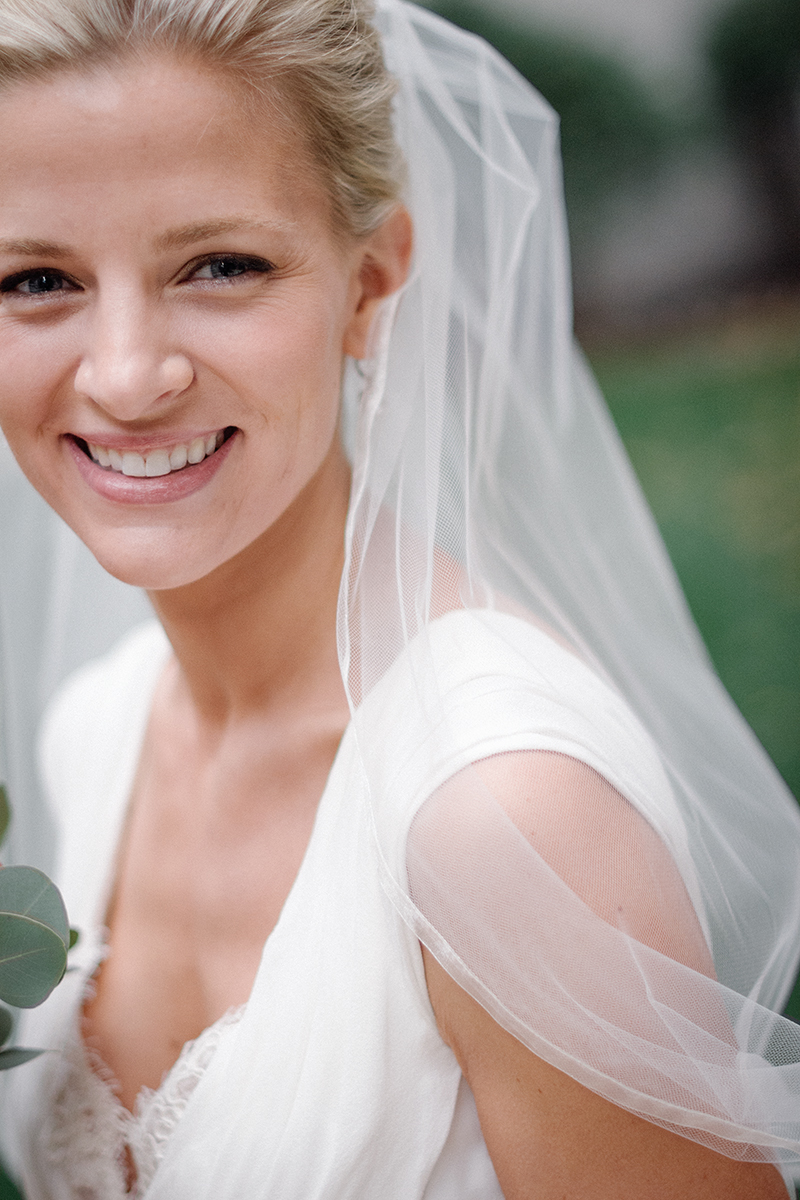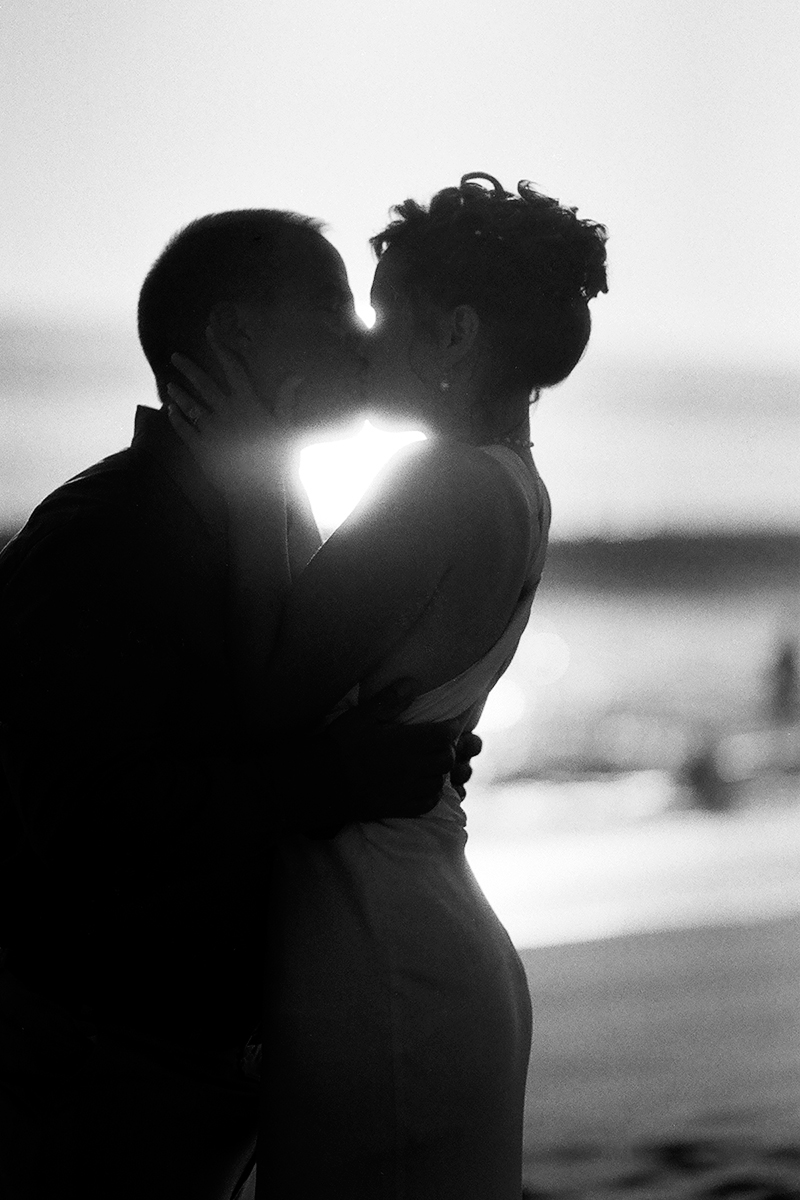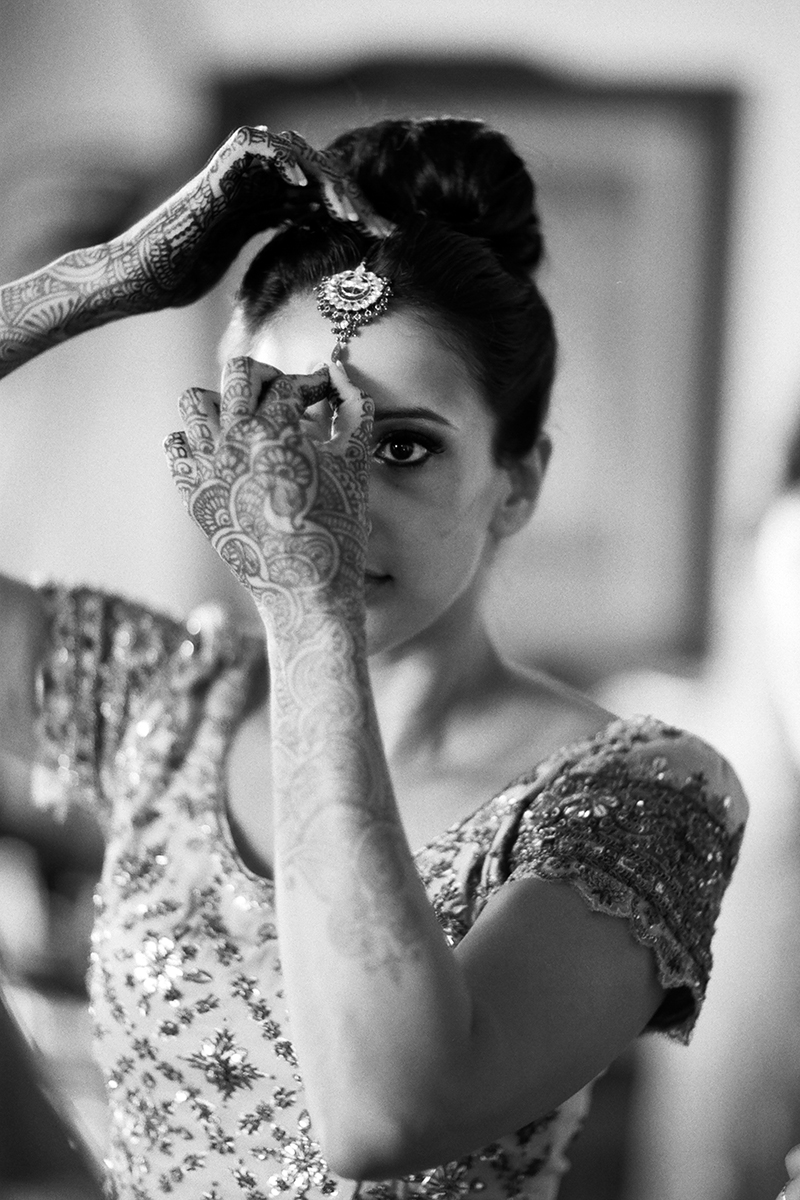Back in 1999 when I began photographing weddings, I was shooting only film and I had a website. It was crude, clunky and designed and updated in Dreamweaver software. The images were only 300 pixels tall. My 2nd main website, designed in 2007, and featured images that were 1200 pixels long. It was Adobe Flash based, which meant it was literally invisible to mobile devices. While the portfolio kept evolving, I didn’t really start over with a 3.0 version until 5/10/15, (a date chosen on purpose because I like numerical patterns), with a version of a site that is similar to the one you are looking at right now. In order to allow the photographs to load quickly and at a reasonable quality, the images in the gallery are 1200 pixels tall and 1800 pixels long for horizontals.
The first book of photography that I remember buying was Ralph Gibson’s “Tropism,” published in 1987, at the Walker Art Center bookstore in Minneapolis. I was immediately excited and inspired by Ralph’s minimalist, abstract, high contrast vertical B&W images. I would later do a week long workshop with him in 2003 in Vancouver, BC, after I’d been shooting weddings for 4 years. While my work doesn’t look like his, the seed of seeing images vertically was planted and has remained to this day.
Although I loved my super wide format Hasselblad XPAN panoramic film camera and it remains the one camera I still miss, my eye seems to see the world in vertical rectangles. My old website didn’t reflect this. While I’m still working on sequencing as though I am creating a book of my wedding images, my new website reflects that 50% of my wedding images are made as vertical images.
To see any image below enlarged to 1200 pixels tall, clicking it will bring it up in a new window.
You can follow me on Facebook, Twitter, VSCO, Pinterest, Instagram, and LinkedIn through the links on the upper right.
To see more Minneapolis/St. Paul, MN portraits, wedding photography and weddings all over the world, visit my main portfolio on bradleyhanson.com or email me at info@bradleyhanson.com or call me at 206-393-8292 and we can discuss your wedding plans in detail. My speciality is shooting family portraits in an unposed, natural style and wedding photojournalism. I photograph weddings as they happen rather than direct the action, which is often referred to as documentary style wedding photography. I’ve photographed weddings in Minneapolis, St. Paul, Seattle and many countries around the world.

